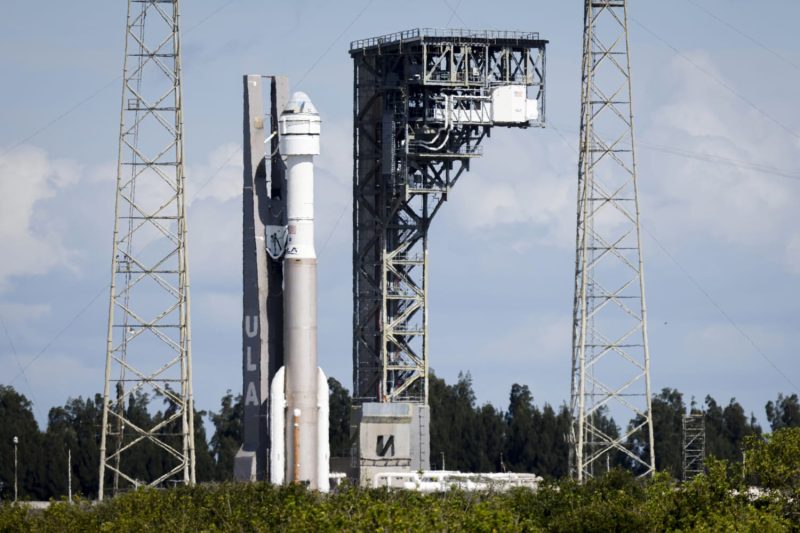A recent revelation by NASA and Boeing confirms that plans for the launch of the Starliner astronaut spacecraft will proceed, notwithstanding a detected helium leak in the spacecraft. As per the two organizations, meticulous evaluations and analyses have ensured that the journey to the International Space Station (ISS) maintains its viability, despite the hiccup encountered with the spacecraft’s tight schedule.
Boeing, a benchmark company in global aerospace and defense technology, has been charged with developing the CST-100 Starliner. This spacecraft, contracted and heavily funded by NASA as part of Commercial Crew Program, has been flagged as one of the prime candidates for returning astronaut launches to the U.S. soil after a considerable interval. This helium leak, although a challenge, is seen as a routine component of space flights, which are typically characterized by unforeseen technical issues.
The glitch was detected during the final phases of closing launch preparations for the Starliner’s second Orbital Flight Test (OFT-2). The detected leak is within the system responsible for maintaining pressure inside the Starliner’s propulsion system. Despite this, both Boeing and NASA have signaled the green light for the upcoming launch.
Additionally, the reassurances provided by Boeing and NASA, in conjunction with their decision to move forward, reflects the inherent and comprehensive safety measures incorporated into the spacecraft. This includes in-depth pre-launch testing, which identified the leak and allowed for immediate actions to mitigate any potential hazards that could arise during the Starliner’s ascent to orbit.
As stated by Boeing, the leak rate is under acceptable risk limits and further examination affirmed that the leak would not result in any sort of flight restrictions during the upcoming launch. The omnipresent element of risk, in this case, does not outweigh the importance of the daring endeavor to repatriot space flight.
Despite advancing towards the launch with the helium leak, Boeing and NASA remain vigilant and are actively working to fully understand the root cause of the leak. A careful balance must be struck between maintaining the schedule and ensuring the absolute safety of the astronauts. As such, every system and subsystem undergoes rigorous scrutiny, with knowledge and safety paramount above all.
The decision to proceed illustrates the meticulous nature of space flight preparation in the modern age. Proactive identification of potential issues, measurement of their possible impacts and scope, and effective evaluation of the risk and benefit ratio contribute to the intricate process.
Boeing’s Starliner is widely viewed as a symbol of resurgence in space exploration and the ISS’s continued functionality, representing collaboration, exploration, and scientific advancement. Despite the presence of anomalies such as the helium leak, the steadfast resolve of Boeing and NASA provides reassurance in the overall mission integrity.
The upcoming Starliner launch will reaffirm the judicious risk management capability of facets involved. It exemplifies that the path to economic and sustainable human spaceflight involves not just overcoming, but proactively accounting for, assessing, and incorporating potential hurdles into the mission’s success narrative.
All in all, the advance statement from Boeing and NASA regarding the helium leak incident in the Starliner spacecraft demonstrates the duo’s perseverance and unwavering commitment. As a crucial phase of risk evaluation and technical problem resolution in the history of space exploration unfolds, the world watches with baited breath and unabated fascination.




